When it comes to buying tires, choosing the right brand is crucial for ensuring safety and performance on the road.
In this post, I will be delving into the world of Bridgestone vs Sumitomo, two renowned tire brands.
From their inception to their dry, wet, and snow performances, mileage warranties, average lifespan, prices, and more, we will explore every aspect to determine which brand reigns supreme.
Let’s dive into this captivating comparison and find out which tire brand will have you driving with confidence.
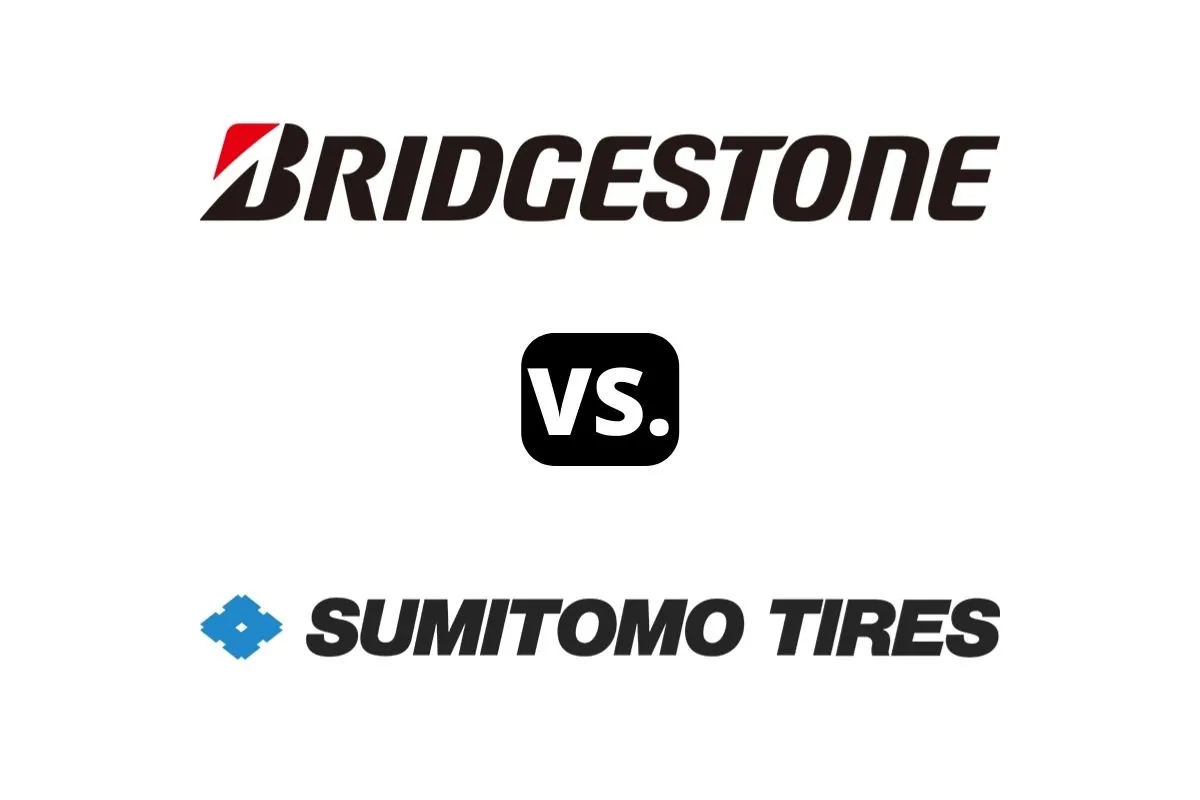
Bridgestone vs Sumitomo – Comparison Table
| Bridgestone | Sumitomo | |
| Country of Origin | Japan | Japan |
| Year Founded | 1931 | 1909 |
| Made In | United States, Canada, Mexico, Costa Rica, Brazil, Argentine, Belgium, Spain, Poland, Italy, Hungary, Russia, Turkey, South Africa, Thailand, Indonesia, Taiwan, Vietnam, India, China, Australia, or Japan | Japan and the United States |
| Parent | Ishibashi family (Japan) | Sumitomo Rubber Industries, Ltd. (Japan) |
About the Brands

1. Bridgestone
Bridgestone, a renowned tire brand, originated in Japan in 1931 and is currently owned by the Ishibashi family.
The company was founded by Shojiro Ishibashi, who aimed to produce high-quality tires for automobiles and other vehicles.
Over the years, Bridgestone has established itself as a global leader in the tire industry, offering a wide range of innovative and durable products.
Bridgestone’s success can be attributed to its commitment to research and development, allowing the brand to continually introduce new technologies and advancements.
The company’s focus on quality and performance has made it a trusted choice for drivers worldwide.
Bridgestone tires are known for their superior grip, durability, and excellent handling in various road conditions.
With a strong presence in both the consumer and commercial markets, Bridgestone has expanded its operations globally.
The brand has manufacturing facilities in numerous countries, enabling it to meet the growing demand for its products.
Bridgestone’s commitment to sustainability is evident through its eco-friendly initiatives, including the development of fuel-efficient tires and recycling programs.
Through its long and successful history, Bridgestone has cemented its position as one of the most respected and reliable tire brands, offering drivers safety, performance, and comfort on the road.
Mostly Known for Manufacturing Tires For:
- Passenger cars
- Trucks
- Buses
- SUVs (Sport Utility Vehicles)
- Crossovers
- Performance vehicles
- Sports cars
- Off-road vehicles
- All-terrain vehicles
- Commercial trucks
- Agricultural vehicles
- Construction equipment
- Mining equipment
- Motorcycles
- Aircraft
2. Sumitomo
Sumitomo, a renowned tire brand, has a rich history that began in 1909 in Japan.
Founded by Sumitomo Rubber Industries, the company has become a global leader in the tire industry.
With over a century of expertise, Sumitomo has established a reputation for producing high-quality and reliable tires for various vehicles.
Over the years, Sumitomo has continuously evolved its tire manufacturing techniques, incorporating cutting-edge technology and innovative designs.
This commitment to innovation has allowed Sumitomo to offer a wide range of tire options suitable for diverse road conditions and vehicle types.
As a Japanese brand, Sumitomo has embraced the country’s ethos of precision engineering and meticulous attention to detail.
This commitment to excellence has earned the brand a loyal customer base worldwide.
Today, Sumitomo tires are known for their durability, performance, and excellent traction, providing drivers with a safe and comfortable driving experience.
With its longstanding history and affiliation with Sumitomo Rubber Industries, the Sumitomo brand remains a trusted choice for drivers seeking superior tires that combine Japanese craftsmanship, innovation, and reliability.
Mostly Known for Manufacturing Tires For:
- Passenger cars
- SUVs (Sport Utility Vehicles)
- Light trucks
- Medium trucks
- High-performance and racing vehicles
- Motorcycles
- Agricultural applications
- Commercial vehicles
Differences
1. Dry Performance
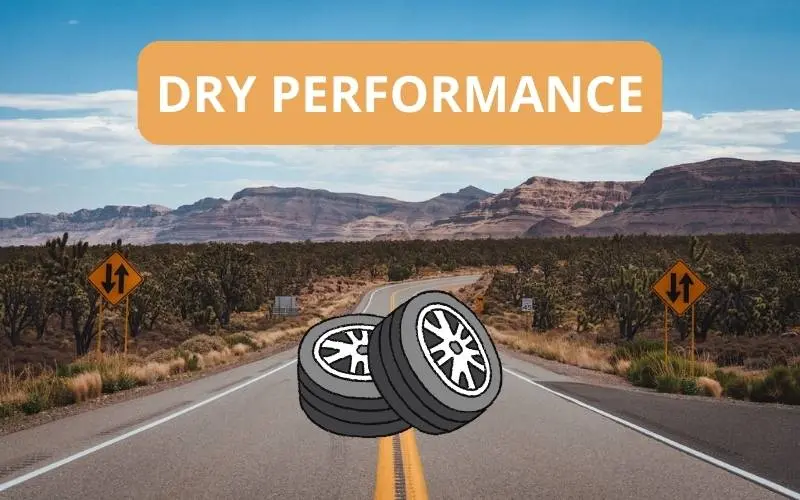
I’m going to compare the performance of two summer tires as they are the ideal type in dry weather.
I’m taking a look at the Bridgestone Potenza RE-71R vs the Sumitomo HTR Z5.
In my evaluation of the dry performance, I rate the Bridgestone Potenza RE-71R at 4.8 out of 5.
Its exceptional dry traction, grip, and above-average cornering and braking make it an outstanding choice.
The tire’s aggressive nature and track performance further support its strong dry performance.
On the other hand, the Sumitomo HTR Z5 receives a rating of 4.4 out of 5 for its superior dry handling, focus on maximum performance in summer conditions, and enhanced dry traction.
While both tires perform admirably, the Bridgestone Potenza RE-71R edges out with its slightly higher rating.
2. Wet Performance
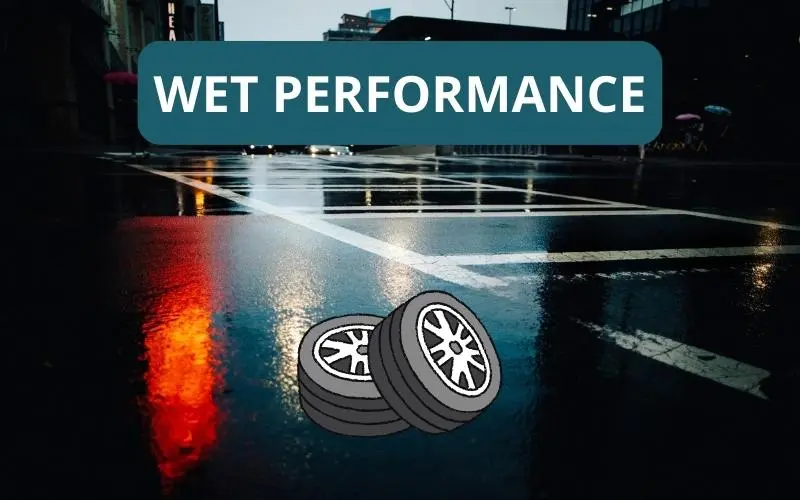
For the wet performance, I’ll be comparing the Bridgestone Potenza RE980AS+ vs the Sumitomo HTR A/S P02.
In my evaluation, I would rate the Bridgestone Potenza RE980AS+ with a wet performance score of 4.6 out of 5.
This tire excels in wet traction due to its wide circumferential grooves and lateral notches, effectively minimizing hydroplaning risks.
On the other hand, the Sumitomo HTR A/S P02 receives a solid 4.4 out of 5 for its wet performance.
Its silica-enhanced tread compound and asymmetric tread pattern contribute to grip and stability on wet roads.
Although limited wet braking details are available, the HTR A/S P02 should still provide satisfactory wet braking performance.
Ultimately, the Bridgestone Potenza RE980AS+ emerges as the winner in terms of wet performance.
3. Snow Performance
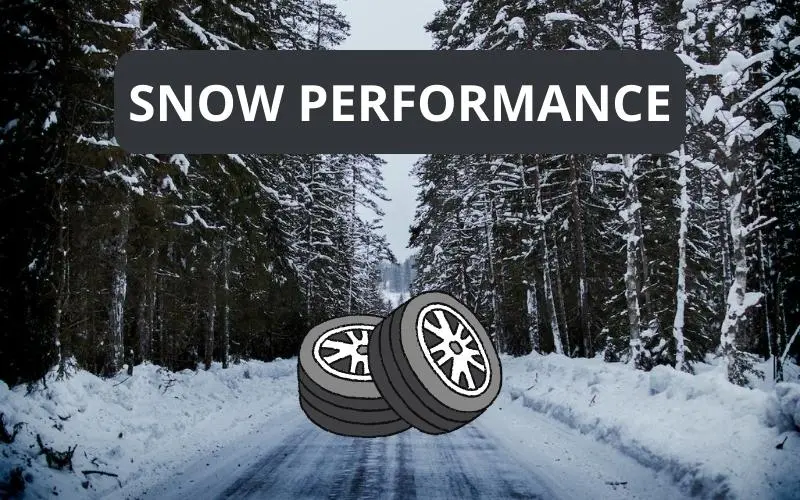
We all know that you need dedicated winter tires if you’re going to be driving on harsh winter conditions.
That’s why I’ll be comparing the snow performance of two specialized winter tires – Bridgestone Blizzak WS80 vs Sumitomo Ice Edge.
In my assessment of the Bridgestone Blizzak WS80 and the Sumitomo Ice Edge tires, I rate the snow performance of the Blizzak WS80 as 4.7 out of 5.
This tire excels in snow, particularly with its focus on ice braking distance and traction.
The Multicell compound enhances grip and stability on snow and ice, making it an excellent choice for traction and performance-focused drivers.
On the other hand, the Sumitomo Ice Edge tire scores 4.5 out of 5 for snow performance.
While it also provides reliable snow performance, advanced technology, excellent traction, and a studdable option, it falls just slightly behind the Blizzak WS80.
Therefore, I declare the Bridgestone Blizzak WS80 as the better tire for snow performance, albeit by a narrow margin.
4. Mileage Warranty and Tread Life
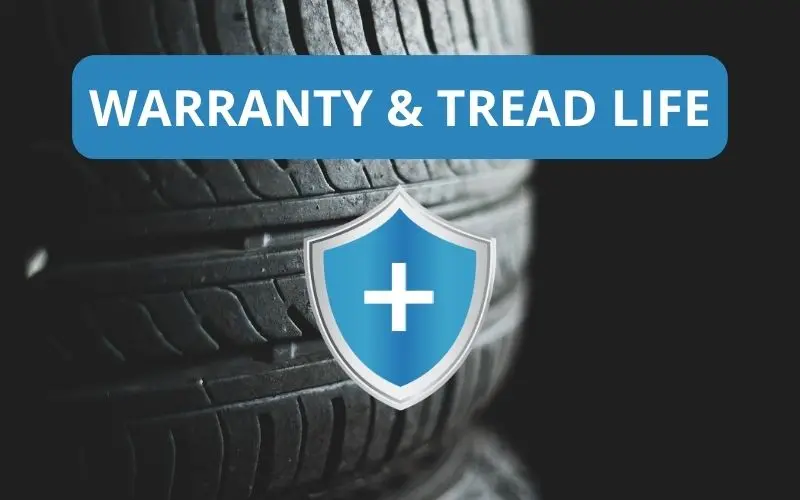
| Bridgestone | Sumitomo | |
| Treadwear Warranty | up to 80,000 miles tread life warranty | up to 90,000 miles tread life warranty |
| Average Tread Life | Bridgestone tires are generally expected to last anywhere from 45,000 to 80,000 miles. | Overall, Sumitomo tires are known to have a relatively high lifespan, with most models lasting between 55,000 to 70,000 miles. |
After researching, I found that Bridgestone and Sumitomo tires offer similar mileage warranties.
Bridgestone tires come with a treadwear warranty of up to 80,000 miles, while Sumitomo tires have a warranty of up to 90,000 miles.
However, when it comes to average lifespan, Sumitomo tires tend to outlast Bridgestone tires.
On average, Bridgestone tires last between 45,000 to 80,000 miles, while Sumitomo tires have a higher lifespan of 55,000 to 70,000 miles.
5. Prices
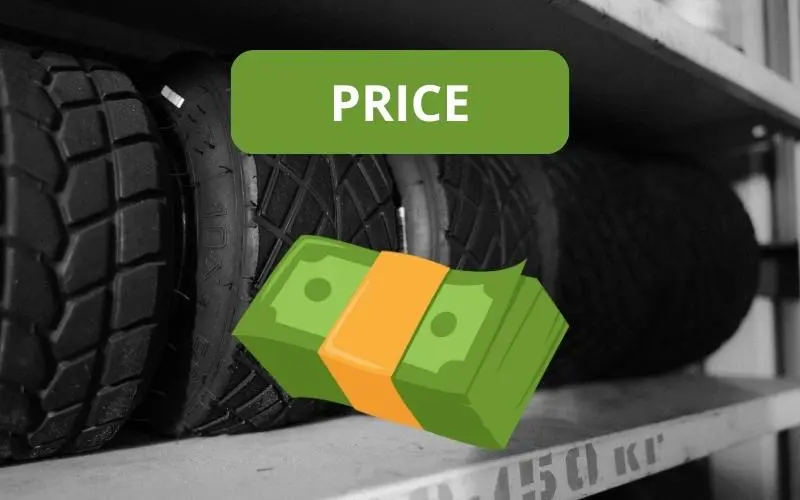
In this section, I’ll be taking a look at the price ranges of both tire brands – Bridgestone vs Sumitomo.
I’ll be using one of the biggest tire and wheel retailers in the US for this comparison – Discount Tire.
Here is a comprehensive table that showcases each brand has to offer:
| Bridgestone | Sumitomo | |
| Average Price Range (Discount Tire) | $113 to $674 /ea | $84 to $475 /ea |
| Cheapest Tire (Discount Tire) | Blizzak WS90 goes from $113 – $269 /ea | HTR Enhance LX2 goes from $84 – $162 /ea |
| Most Expensive Tire (Discount Tire) | Potenza Race goes from $436 – $674 /ea | Encounter AT goes from $146 – $475 /ea |
6. Pros and Cons
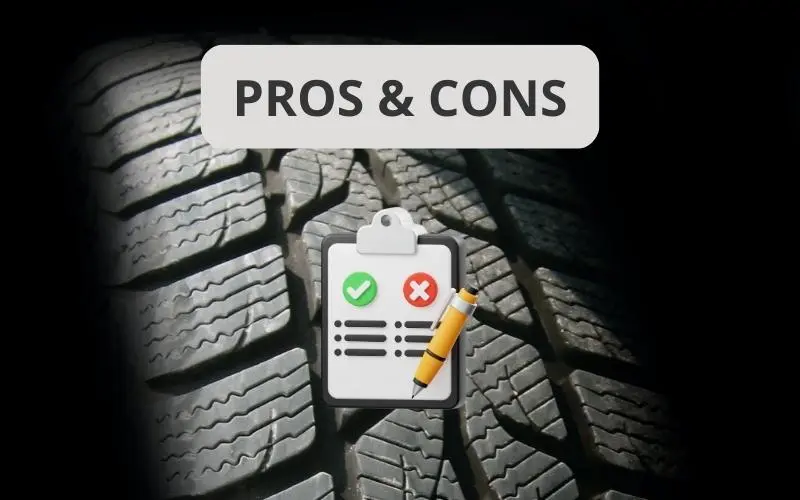
Bridgestone
| Pros | Cons |
| ✔ Wide array of choices | ❌ Confusing product lines |
| ✔ Specialized performance tires | |
| ✔ Some of the best warranty options in the tire industry |
Sumitomo
| Pros | Cons |
| ✔ Generally considered to have good performance, including grip, handling, and braking | ❌ None |
| ✔ Sumitomo tires are known for their affordable prices | |
| ✔ Widely available |
7. Popular Tires

Here are some notable tires from Bridgestone:
- Potenza RE-71R
- Turanza QuietTrack
- DriveGuard
Some of Sumitomo’s best tires are shown below:
- HTR A/S P02
- HTR Enhance L/X
- HTR Z5
Which Is the Better Brand Overall?

After carefully considering the key takeaways and comparing the performance of Bridgestone and Sumitomo tires, I declare Bridgestone as the better pick overall.
The Bridgestone Potenza RE-71R excels in dry performance, while the Bridgestone Potenza RE980AS+ offers superior wet performance.
Additionally, the Bridgestone Blizzak WS80 proves to be slightly better in snow performance.
Although Sumitomo tires have a longer average lifespan, Bridgestone’s wider array of choices, specialized performance tires, and excellent warranty options make it the winner.
In terms of price, Sumitomo tires are generally more affordable.